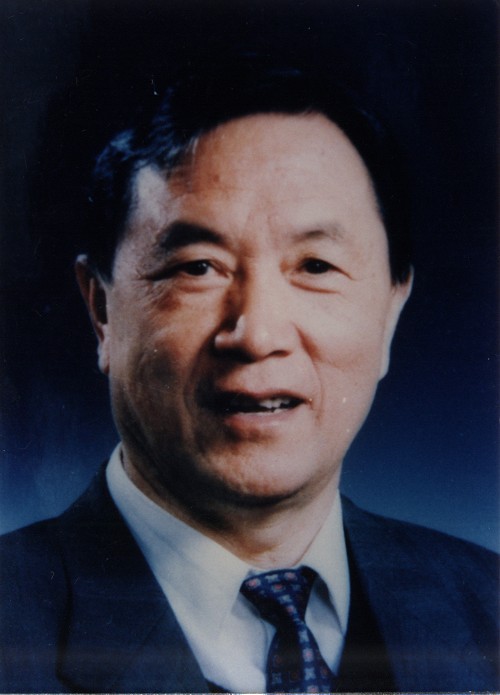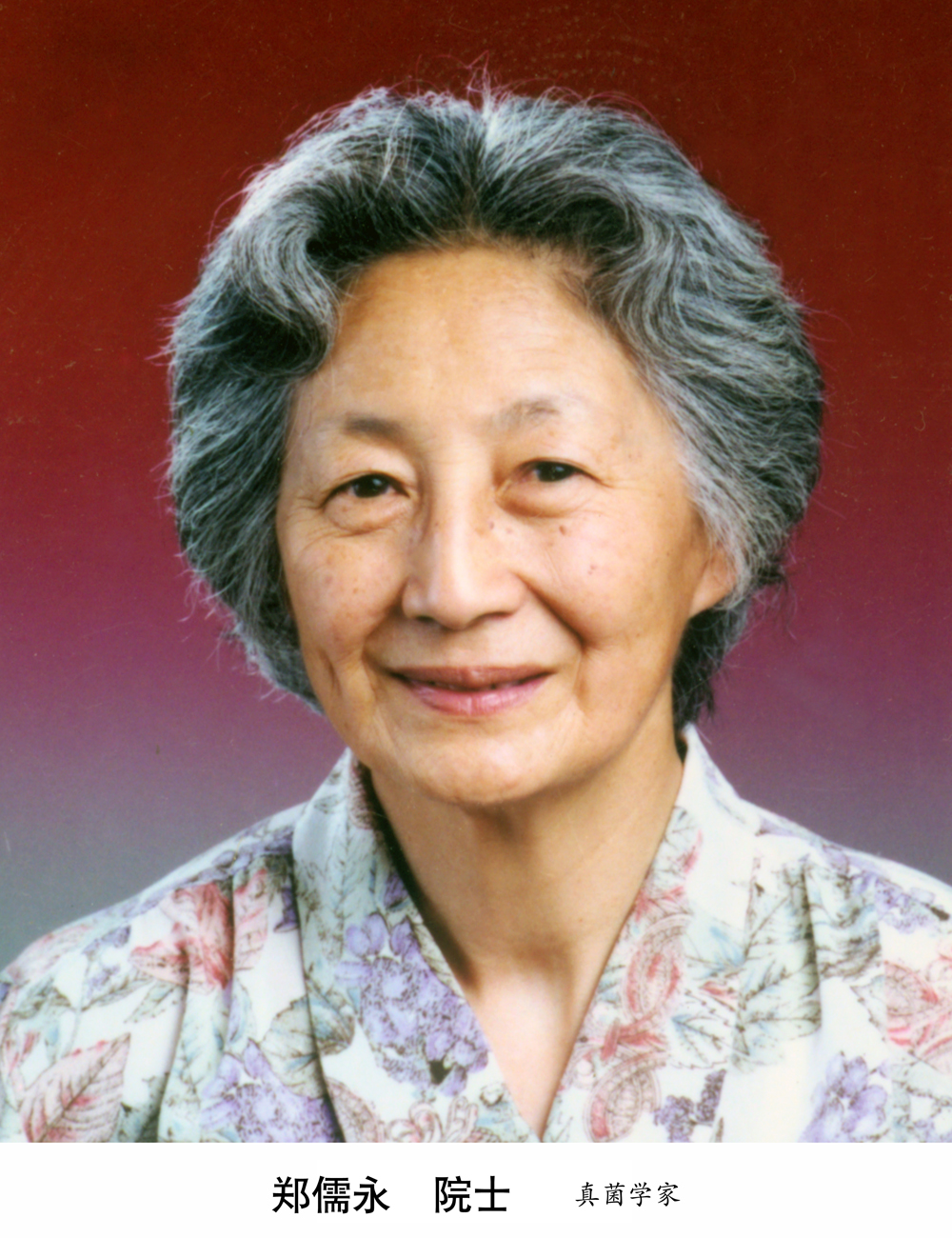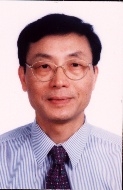At the 2016 annual conference of Chinese Society for Plant Pathology held in Nanjing of Jiangsu Province on August 6, TIEN Po, ZHENG Ruyong and FANG Rongxiang, three academicians from Institute of Microbiology, Chinese Academy of Sciences (IMCAS) were awarded the “Lifetime Achievement Award of Chinese Society for Plant Pathology”, to commend their great contribution to the research of Chinese plant pathology. XIE Lianhui, academician from Fujian Agriculture and Forestry University was also granted this honor.
Introduction of TIEN Po

TIEN Po, born in December 1931 in Huantai of Shandong Province, is a virologist. He graduated from Department of Plant Protection of Beijing Agricultural University in 1954. He was the principal investigator of IMCAS and the adjunct professor of College of Life Science, Wuhan University and State Key Laboratory of Virology in 2001. He was elected the academician of Chinese Academy of Sciences in 1991 (Member of Academia Sinica).
He conducted research on the effects of virus and high temperature on the mosaic-type degeneration of potato from 1954 to 1979, and found that potato can produce disease tolerance and cannot degenerate after viral infection occurs under low temperature. The proposed virus-free potato planting and production program was widely applied in our country. He carried out the subvirus research in 1980; and firstly reported that the control of plant virus diseases was successfully reached on the international plane in 1983, which was transformed to a Japanese company; the viroid can be replicated by using the designed ribozyme gene of cleavage potato spindle tuber viroid to transform potato and thereby the disease-resistance potato can be successfully obtained. He set foot into medical virology in 1989, and he found that the tissues of hepatoma infected by hepatitis b virus have compound of antigen peptide and heat shock proteins gp96, which proves that gp96 and its N terminal protein have adjuvant function, and promoted dendritic cell maturation and enhance cellular and humoral immunity. He did research on the molecular mechanism between heptad repeat domains of SARS, aids and other viral fusion proteins and cell confluence, and the triple helix protein high anti HIV was designed. He won the title of national “Outstanding Mid-aged Experts” in 1988; and won Ho Leung Ho Lee Science and Technology Progress Award in 1999.
Introduction of ZHENG Ruyong

ZHENG Ruyong, born in Hong Kong in January 1931, is a mycologist. She is a native of Chaoyang of Guangdong Province. She graduated from Department of Plant Protection of South China Agricultural University in 1953, and worked in Department of Fungus Plant Pathology of Chinese Academy of Sciences (predecessor of IMCAS) at the same year. She learned from DAI Fanglan, academician of well-known mycologist in China. She is the principal investigator of Institute of Microbiology, Chinese Academy of Sciences and was elected the academician of Chinese Academy of Sciences in 1999.
She always engages in the rationalization and integrity of fungus system, Meliolales, Erysiphales, Mucorales and other categories of fungus for many years. She conducted detailed research on the relevant species of Erysiphales in China and the holotype of all species of Erysiphales in the global world, and clarified and corrected controversial issues on the international plane, and she published a reasonable Erysiphales level classification system closing to nature in 1985, which was internationally recognized. She together with other scientists corrected the unreasonable case of existed big species and host range too large in the past many years in the species and species lower-level classification of Erysiphales, and she principally wrote the first mycoflora “Fauna Sinica of Fungi, Erysiphales” in China in 1987.
She firstly found the endophytic mucor in advanced plant on the international plane and firstly reported new species and new variety of the special human pathogenic mucor in China. She compiled for 10 books (principally writing 4 books) and published 101 academic articles (principally writing 69 articles). She won the second prize of scientific and technological achievements of Chinese Academy Sciences, the second-class award of Science and Technology Progress, the Second Class Prize of Natural Science of Academy of Sciences respectively in 1984, 1987 and 1989 as the first prizewinner, and also honored the special prize for progress of Chinese Academy of Sciences as participant (group program) in 1987. She was honored the “march 8th” red-banner holder of subordinate unit in Beijing area of Chinese Academy of Sciences in 1982, and won the national “march 8th” red-banner holder in 1983, and was also honored the female advanced individual title in Beijing area of Chinese Academy of Sciences and the brilliant contributing teacher honorary title of Graduate University of Chinese Academy of Sciences in 2008.
Introduction of FANG Rongxiang

FANG Rongxiang, born in Shanghai in January 1946, graduated from Fudan University in 1967. He was elected the academician of Chinese Academy of Sciences in 2003 and the academician of Third World Academy of Sciences in 2007. He is the principal investigator of IMCAS and the director of Department of Agricultural Microbiology and Biotechnology.
He engages in basic research and applied basic research of phytovirology and plant biotechnology for a long time. He completed the analysis of complete nucleotide sequence of caulimovirus (Xinjiang strain) and rice yellow stunt virus and determined the protein that plant rhabdovirus taking charge of the movement between cells. He conducted research and developed the transgenic tobacco resisting the tobacco mosaic virus and cucumber mosaic virus at the same time, which is leading on the international plane at planting and scales; and the same strategy is used for the research and development of antiviral pepper.
On the basic research of plant biotechnology, he analyzed and redeveloped the caulimovirus 35s promoter, and its research results are widely used; and he described the new strategy that the artificial microRNA is used to resist the plant viruse infection. He published more than 110 articles in the academic journals at home and abroad. He was honored 2 first prizes for progress of Chinese Academy of Sciences, 3 second prizes for progress of Chinese Academy of Sciences and 1 second prizes for scientific and technological progress since 1987; as well as the title of national “Outstanding Mid-aged Experts” in 1994 and Ho Leung Ho Lee Science and Technology Progress Award in 2005.
